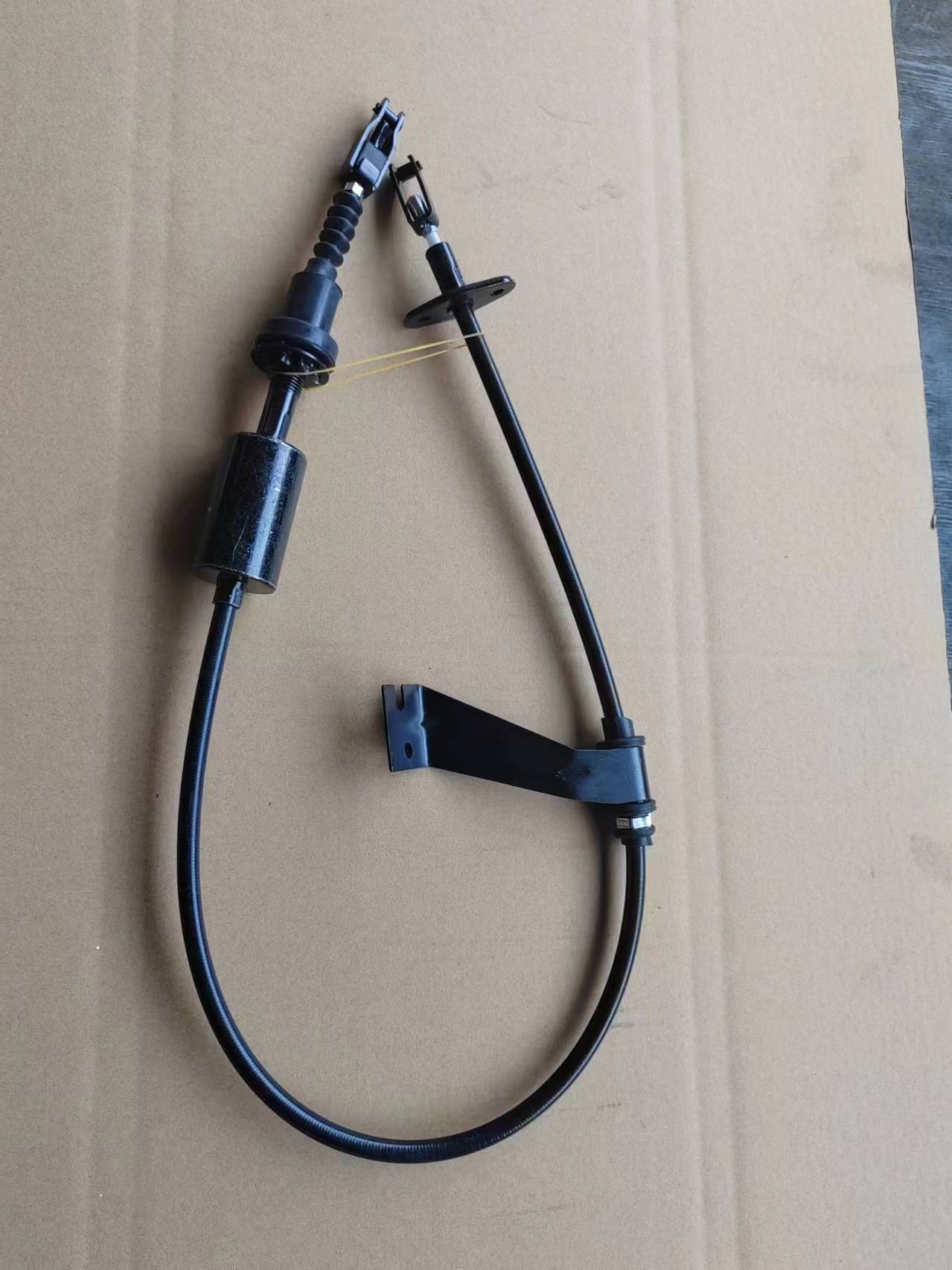Design of a Combined Push Pull Throttle Mechanism for Enhanced Performance
Understanding the Push-Pull Throttle Assembly Mechanics and Functionality
The push-pull throttle assembly is an essential component in various mechanical systems, particularly in automotive and aviation applications. It plays a crucial role in controlling engine power output by regulating the fuel-air mixture that enters the engine. Understanding the mechanics and functionality of this assembly is vital for both enthusiasts and professionals working in related fields.
The Basics of Throttle Control
At its core, the throttle controls the airflow into an engine's combustion chamber. When the throttle is opened, more air (and fuel in the case of internal combustion engines) is allowed to enter, resulting in increased power output. Conversely, closing the throttle restricts airflow, leading to reduced power. The push-pull throttle assembly provides a direct mechanism for the operator to adjust the throttle's position smoothly and responsively.
Components of the Push-Pull Throttle Assembly
The push-pull throttle assembly consists of several key components
1. Throttle Cable This cable connects the throttle pedal or lever to the throttle body of the engine. It transmits the operator's input to the assembly, moving the throttle plate in response to the pedal's position.
2. Throttle Plate Located within the throttle body, this plate opens and closes to control airflow. It rotates on a shaft, and its position dictates how much air enters the engine.
3. Return Spring This spring ensures that the throttle plate returns to a default position (usually closed) when the operator releases the pedal or lever. A properly calibrated return spring is crucial for safe operation, preventing unintended acceleration.
4. Actuation Mechanism This mechanism translates linear motion from the pedal or lever into rotational motion for the throttle plate. This can be achieved through various means, including levers, linkages, or direct cable pulls.
5. Mounting Bracket The assembly is typically mounted to the vehicle's frame or another structure, providing stability and aligning the components to function correctly.
push pull throttle assembly

How It Works
When the operator presses the throttle pedal, the push-pull mechanism engages the throttle cable, which in turn pulls the throttle plate open. The amount by which the throttle plate opens is proportional to the pedal's depression, allowing for precise control over engine performance.
Conversely, when the pedal is released, the return spring takes effect, pulling the throttle plate back to its closed position. This action decreases the airflow, reducing engine power and facilitating vehicle deceleration.
Advantages of Push-Pull Design
One significant advantage of the push-pull design is its simplicity and reliability. The direct connection between the throttle mechanism and the operator's input allows for rapid response times, which is crucial in performance applications. Moreover, the push-pull system minimizes the risk of slack or misalignment, providing a more consistent throttle experience.
Additionally, push-pull assemblies can be easily integrated into various engine configurations and are adaptable for both manual and automated throttle controls. This versatility makes them suitable for a wide range of vehicles, from everyday cars to high-performance racing machines.
Maintenance and Troubleshooting
Ensuring the push-pull throttle assembly operates smoothly is critical for vehicle performance and safety. Regular maintenance checks should include inspecting the throttle cable for fraying or damage, ensuring the return spring provides adequate tension, and checking for any debris that might obstruct the throttle plate.
Common issues include a sticky throttle, which can result from dirt accumulation or wear on the cable or throttle plate. If the throttle does not return to the closed position promptly, it could signify a malfunctioning return spring or misalignment in the assembly.
Conclusion
The push-pull throttle assembly is a vital component that directly influences engine performance and vehicle control. Understanding its mechanics and functionality provides insights into how automotive systems operate and the importance of regular maintenance. As technology advances, these assemblies continue to evolve, integrating with modern mechanisms like electronic throttle control, yet the fundamental principles of push-pull operation remain integral to efficient engine management. Whether in daily driving or competitive racing, the push-pull throttle assembly is a critical player in the mechanics of motion.
-
Workings of Clutch Pipe and Hose SystemsNewsJun.04,2025
-
The Inner Workings of Hand Brake Cable SystemsNewsJun.04,2025
-
The Secrets of Throttle and Accelerator CablesNewsJun.04,2025
-
The Hidden Lifeline of Your Transmission Gear Shift CablesNewsJun.04,2025
-
Demystifying Gear Cables and Shift LinkagesNewsJun.04,2025
-
Decoding Clutch Line Systems A Comprehensive GuideNewsJun.04,2025
